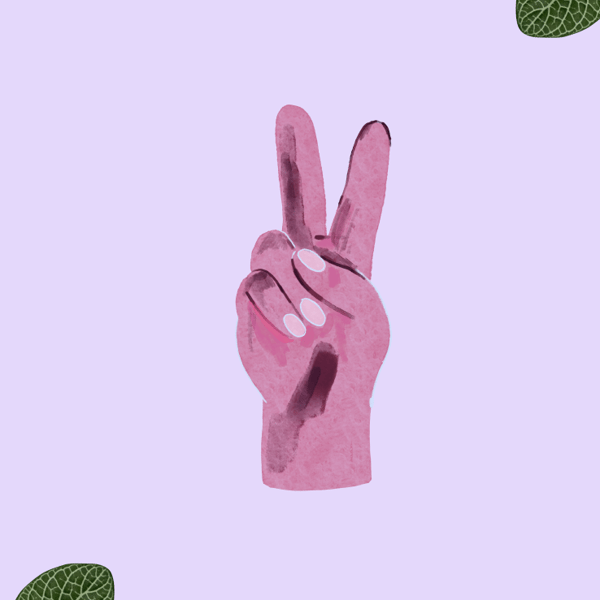Greenhouse gases (or GHGs for short) are one of the main drivers of climate change. They are gases that trap heat in the Earth's atmosphere, making the planet warmer. The most important greenhouse gases are carbon dioxide (CO₂), methane (CH₄), nitrous oxide (N2O). These gases are emitted by human activities such as burning fossil fuels, deforestation, and intensive agriculture. Due to industrialization and the depletion of large amounts of fossil fuels, the content of greenhouse gases in the atmosphere has increased to a dangerous level and keeps increasing. Time to act!

Carbon dioxide (CO₂): This is the most well-known greenhouse gas and is primarily produced by the burning of fossil fuels in the energy and transportation sectors.
Methane (CH4): Methane is mainly produced by the agricultural sector, particularly from livestock and rice farming. It is also produced during the extraction and transportation of natural gas.
Nitrous oxide (N2O): This gas is primarily produced by the agricultural sector through the use of synthetic fertilizers and animal waste. It is also emitted from some industrial processes and the burning of fossil fuels.
Fluorinated gases (F-gases): These are synthetic gases used in refrigeration, air conditioning, and other industrial processes. They can have a very high global warming potential (GWP) compared to CO2.
Ozone (O3): Ozone is not directly emitted into the atmosphere, but is formed through a complex series of chemical reactions involving other pollutants. It is a powerful greenhouse gas, but also plays an important role in protecting us from harmful UV radiation.
Monitoring greenhouse gases is an important tool for understanding and addressing the climate crisis. By measuring the amount of greenhouse gases that are being emitted, we can identify sources of emissions and take action to reduce them. This can include using renewable energy sources, reducing waste, and improving energy efficiency.

As individuals, we can also take action to reduce our own greenhouse gas emissions. This can include driving less, using public transportation, eating less meat, and reducing energy use at home. By taking these actions, we can all play a part in mitigating the effects of climate change and creating a more sustainable future for ourselves and generations to come.

The sum of greenhouse gases is often referred to as carbon footprint. Continue your educational journey through our emissions and finally learn what a carbon footprint really is:
Share this dictionary entry with your friends now to advance your climate knowledge and make climate action more effective:


